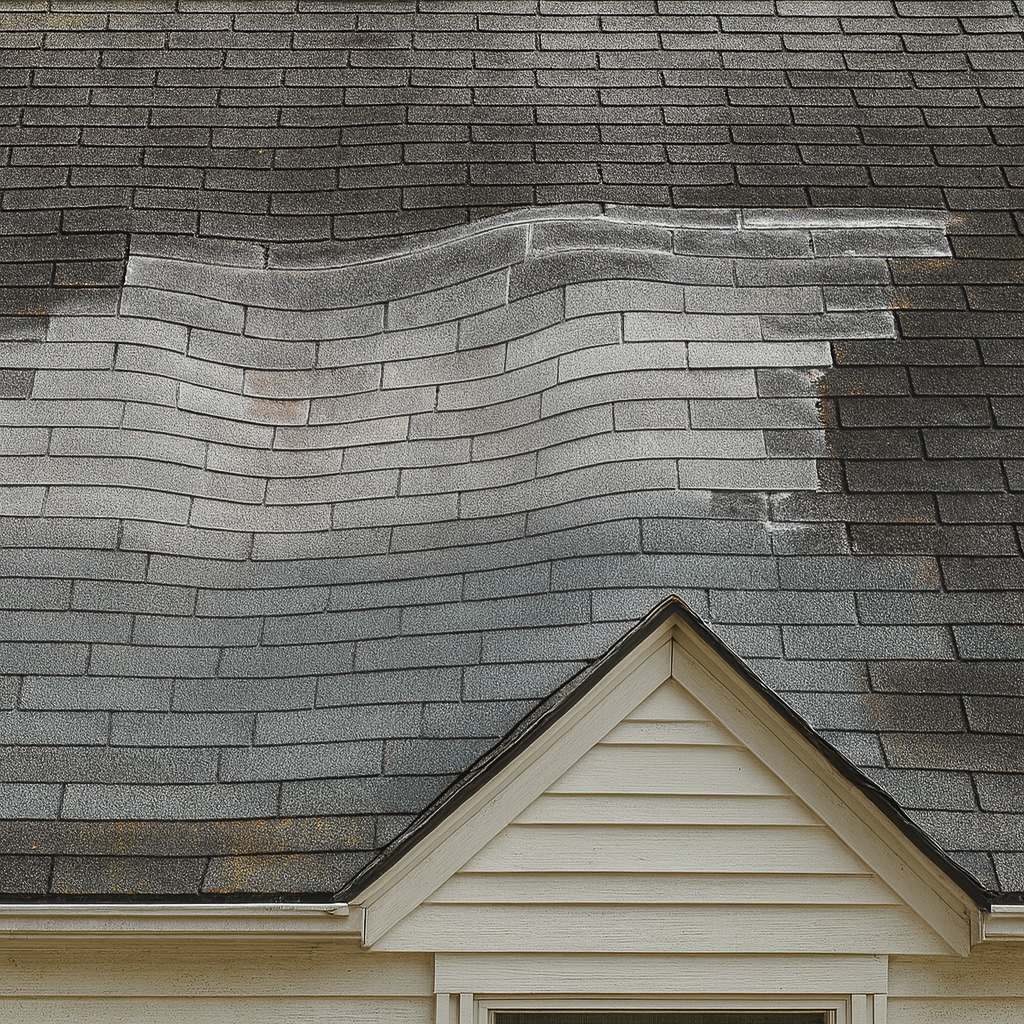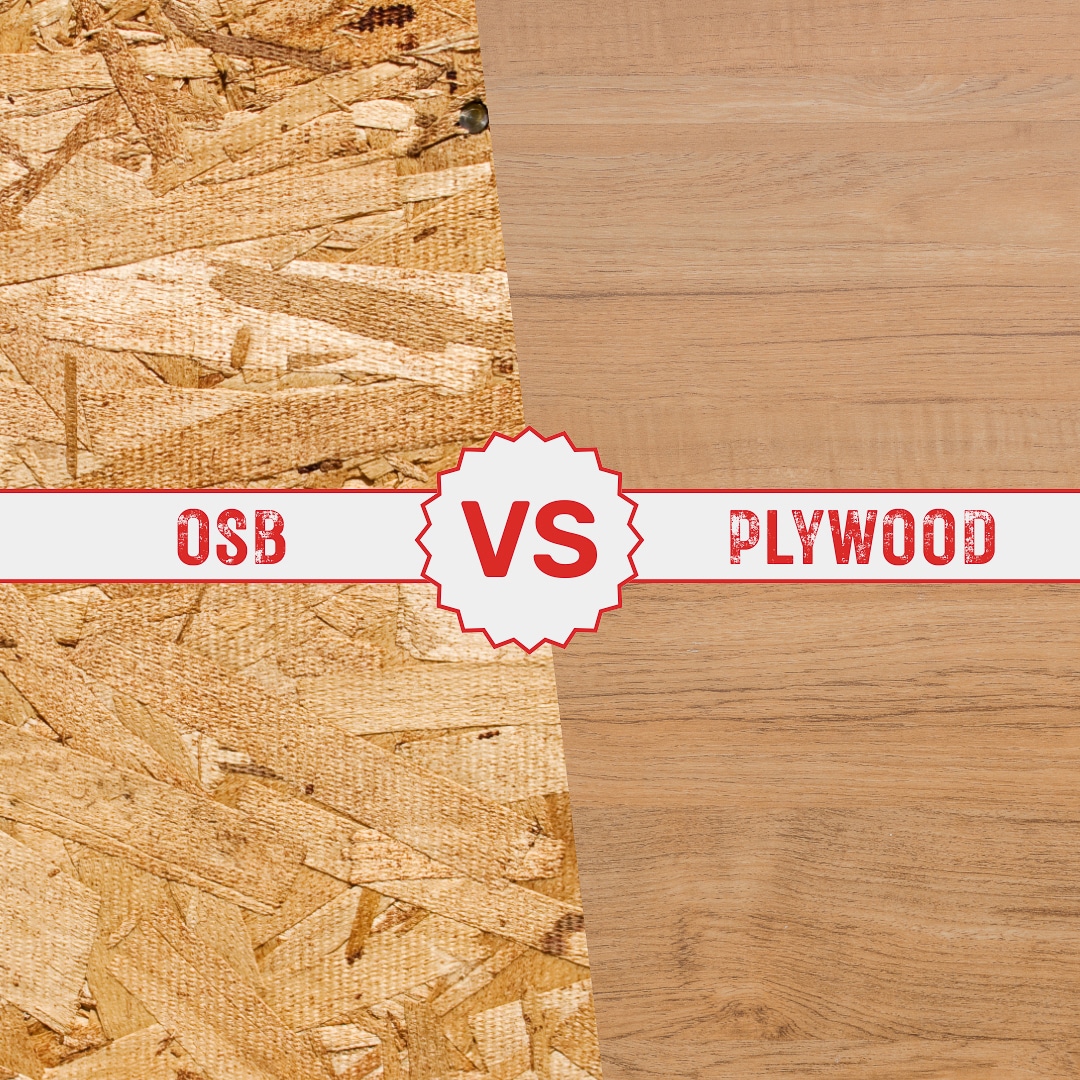Table of Contents:
What Is Roof Decking?
The Part of Your Roof You Never See — But Should Never Ignore
When most homeowners think of a roof, they picture shingles — the visible outer layer that shields their home from rain and sunlight. But beneath those shingles lies the real backbone of your roofing system: the Roof Decking.
It’s the layer that everything else depends on. When it’s strong, your roof can handle storms and time. When it’s weak, no amount of new shingles will save it. Many homeowners don’t even realize roof decking exists until an inspector points it out during a roof replacement — often followed by a higher-than-expected estimate.
Let’s break down what roof decking actually does, how it fails, and why it’s critical to your home’s long-term protection and safety.
What Is Roof Decking and Why It Matters
Think of decking as your roof’s skeleton. It provides:
- Structural support – Holds shingles, nails, and underlayment in place.
- Weather protection – Keeps water out and maintains the roof’s integrity.
- Safety and insulation – Helps distribute weight evenly and stabilize the roof frame.
When your roofer says you “need new decking,” it usually means water, rot, or age has weakened this layer — and replacing shingles without addressing it would be like painting over a crumbling wall.


How Roof Decking Gets Damaged
Decking damage isn’t always visible from the outside — which is why many homeowners are shocked when a roofing contractor reveals the problem during a replacement. Here’s what commonly causes it:
- Water Leaks – Persistent moisture from small Roof Leaks can soak into decking, causing rot or mold.
- Improper Ventilation – Trapped attic heat and humidity warp or weaken decking from underneath.
- Previous Roof-Over Jobs – Adding a new roof over an old one doubles weight and traps moisture, accelerating decay.
- Storm Damage – Hail and wind can loosen shingles, letting water reach the decking below.
Once the wood softens or deteriorates, it loses its ability to hold nails — meaning new shingles won’t stay secure, and leaks will keep spreading.
How Roofers Identify Rotten or Weak Decking
Professional roofing contractors inspect decking during a Roof Replacement by removing old shingles and underlayment. Signs of damage include:
- Dark, discolored areas (water stains).
- Soft or spongy boards.
- Mold or mildew growth.
- Nails that no longer hold firmly.
If only a few sheets are affected, a partial replacement may be enough. But if widespread damage is found, a full re-deck may be the only safe option.
The Risks of Ignoring Roof Decking Problems
Skipping decking replacement might save money upfront — but it can cost far more later.
- Leaks Spread Faster: Water will find every weak spot.
- Shingles Fail Early: Without solid support, New Shingles lift and crack.
- Insurance May Deny Claims: Many carriers reject storm claims if rotted decking was left in place.
- Resale Value Drops: Home inspectors flag structural issues, making it harder to sell your home.
Simply put, roof decking is the last place you want to cut corners. A solid foundation ensures your investment in shingles and labor truly lasts.

Plywood vs. OSB: What’s Under Your Roof?
- OSB is affordable and consistent in quality but can swell when soaked.
- Plywood resists moisture better and dries faster, though it’s pricier.
A skilled roofing company will recommend the best option based on your home’s design, local humidity, and roof slope.

How to Know If You Need New Decking
- Roof leaks or ceiling stains after rain.
- A wavy or uneven roofline.
- Soft spots when walking in the attic.
- Shingle nails popping or pulling through.
If any of these sound familiar, it’s worth scheduling an inspection. A trained roofing professional can check your decking from both the attic and roof surface to confirm whether replacement is needed.
Schedule your free roof inspection with Good Shepherd Roofing today.
From Confused to Confident: Understanding Your Roof Estimate
Before, you might’ve wondered if decking replacement was really necessary.
After understanding what’s at stake — your roof’s strength, safety, and resale value — you can make an informed decision with confidence.
Because the truth is, what’s hidden beneath your shingles is what protects everything beneath your roof.

